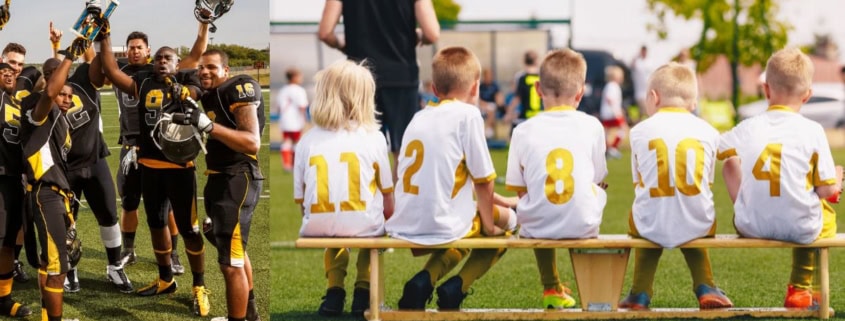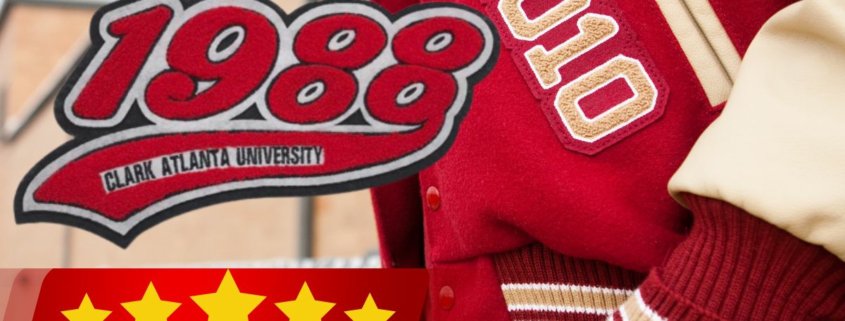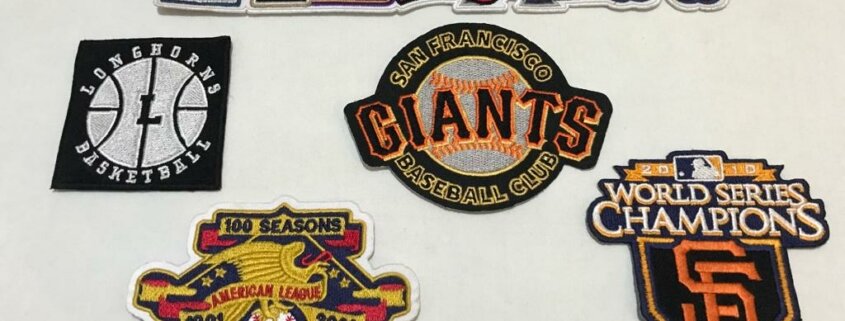How to Design Custom Sports Team Logos for Patches
in Custom Patches, Sports Patches, Team LogosYou need a strategic approach for designing custom sports team logos for patches. The intricacies of embroidery and the practicalities of patch application further complicate the design process. Understanding these factors is essential for achieving a final product that meets the team’s spirit and remains impactful.
Let’s discover specific points that should be kept in mind to guarantee a successful logo design.
The 2-Step Strategy for Creating Finest Sports Team Logo For Patches
The best logo approach for sports teams can be divided into 2 big steps;
- Pre-Designing: means paper/scratch work that includes soft relevant things like history, state, sport type, etc.
- D-Day: I call this D-day, which means ‘Designing day’ or a day when you have finished paperwork and are ready to ink your logo.
Pre-Designing
The biggest thing to keep in consideration at this level is the team’s identity and values. You have to keep aligning yourself with each stage from start to finish. I conclude 3 keynotes in pre-designing as below.
#1 Keep in Mind the VERSATILITY of the Logo
The logo must encapsulate the essence of the team while remaining visually appealing and versatile for various applications.
#2 Never Ignore the Team’s HISTORY
Begin by understanding the team’s values, history, and culture, as these elements serve as the foundation for the design.
#3 Envision the logo on Variety of MERCHANDISE
Lastly, envision how the logo will work across various media, from uniforms to merchandise. By balancing creativity with practicality, the final logo will not only be a badge of honor but also a visual representation of the team’s identity and pride.
Designing Day
In this phase, you are supposed to execute logo designing for team with clear theory in mind. Again, the logo must not only represent the essence of the team but also be visually striking when embroidered or printed on fabric.
To achieve this, consider the following key elements:
- Color Palette: Choose colors that resonate with the team’s identity and evoke emotion. Vibrant hues can symbolize energy, while muted tones may convey sophistication.
- Iconography: Incorporate symbols or mascots that reflect the team’s spirit. This could range from animals to abstract shapes, ensuring they are simple yet memorable.
- Typography: Select fonts that are readable and align with the team’s personality. The font style should complement the logo’s imagery without overwhelming it.
- Scalability: Design with versatility in mind. The logo should maintain its integrity and visual impact whether it is displayed on a large banner or a small patch.
FINAL WORD
In conclusion, the design of custom sports team logos for patches demands a careful blend of team identity, color selection, and practical application. By delving into the team’s core values and history, a design emerges that resonates with fans. The chosen color palette and symbols must remain impactful and versatile, ensuring clarity in embroidery. Ultimately, a well-crafted logo becomes not only a visual representation of the team but also a source of pride and unity among its supporters.


 Custom Patches Mania
Custom Patches Mania Patches Mania
Patches Mania
